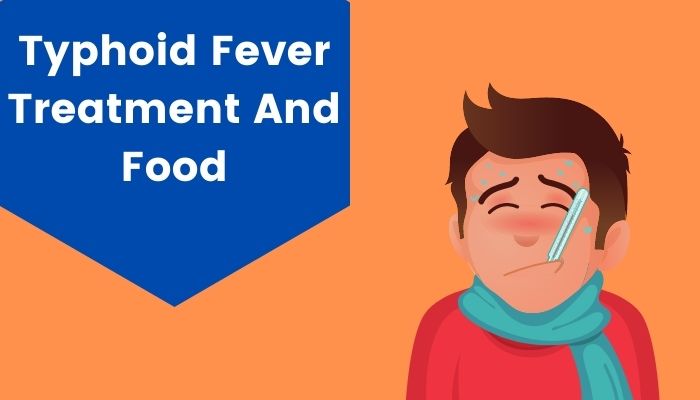


Discover the best diet for typhoid, including what to avoid in typhoid, to support healing, ease digestion, and speed up your road to recovery.
Typhoid fever, caused by the bacteria Salmonella Typhi, is a serious infection that often leads to prolonged fever, weakness, abdominal discomfort, and digestive distress. One of the most crucial, yet often overlooked, aspects of managing this illness is nutrition. A carefully planned diet for typhoid can support the immune system, reduce inflammation, and enhance recovery. Equally important is understanding what to avoid in typhoid to prevent complications and discomfort.
Let’s explore how the right dietary choices and restrictions can play a key role in recovering from typhoid fever.
During typhoid, the digestive system becomes highly sensitive. Fever and infection drain the body of energy and nutrients, while antibiotics used in treatment may disturb gut flora. Therefore, a diet for typhoid must focus on foods that are easy to digest, nutrient-rich, and hydrating. At the same time, knowing what to avoid in typhoid helps in preventing irritation of the intestinal lining and further stress on the body.
A balanced diet for typhoid includes soft, bland, and nutritious meals. Here are some key components:
Dehydration is a common issue due to fever and, in some cases, diarrhea. Include plenty of:
Water
ORS (Oral Rehydration Solution)
Coconut water
Rice starch (kanji)
Clear vegetable or chicken soups
These fluids help maintain electrolyte balance and support faster healing.
Carbs are a crucial source of energy during weakness. Stick to easily digestible forms like:
Boiled rice
Khichdi (rice with moong dal)
Mashed potatoes
Plain toast or soft bread
Suji (semolina) porridge
These foods are gentle on the stomach and help maintain strength.
As the patient starts to recover, protein becomes essential for tissue repair. Recommended options include:
Boiled eggs
Paneer (cottage cheese)
Moong dal
Steamed fish (in later recovery phase)
Always introduce proteins gradually in the diet for typhoid, ensuring they don’t burden digestion.
Soft-cooked carrots, pumpkin, bottle gourd, and potatoes can be added to meals. They are rich in vitamins but should be well-cooked to prevent bloating.
Fruits like banana, papaya, apple (stewed), and pomegranate are excellent. They provide fiber, antioxidants, and hydration without irritating the stomach.
Knowing what to avoid in typhoid is just as vital as choosing the right foods. Certain items can aggravate symptoms or delay recovery:
These increase inflammation in the gut and can cause indigestion. Avoid chili, fried snacks, and oily dishes.
Vegetables like cauliflower, cabbage, and raw salads are hard to digest and can cause gas or cramps.
Milk and cream can be heavy and may not be tolerated well. Initially, it’s best to avoid them. Opt for diluted curd instead.
Tea, coffee, cola, and energy drinks can cause dehydration and disrupt digestion.
Biscuits, chips, cakes, and other processed snacks are low in nutrition and often hard to digest.
These impair the immune system and delay healing. Avoid entirely during and after illness.
Being aware of what to avoid in typhoid helps in preventing complications like stomach upset, acid reflux, and relapse.
Eat small, frequent meals to avoid overburdening the stomach.
Always eat fresh, home-cooked food.
Wash fruits and vegetables thoroughly to avoid further infection.
Slowly transition to normal meals as strength returns.
A thoughtful diet for typhoid supports the healing process by nourishing the body, aiding digestion, and rebuilding strength. At the same time, recognizing what to avoid in typhoid is essential to prevent worsening symptoms or setbacks.
Food is more than just fuel during illness—it becomes medicine. With a careful balance of the right nutrients and strict avoidance of harmful foods, the recovery from typhoid can be faster, smoother, and less exhausting.
